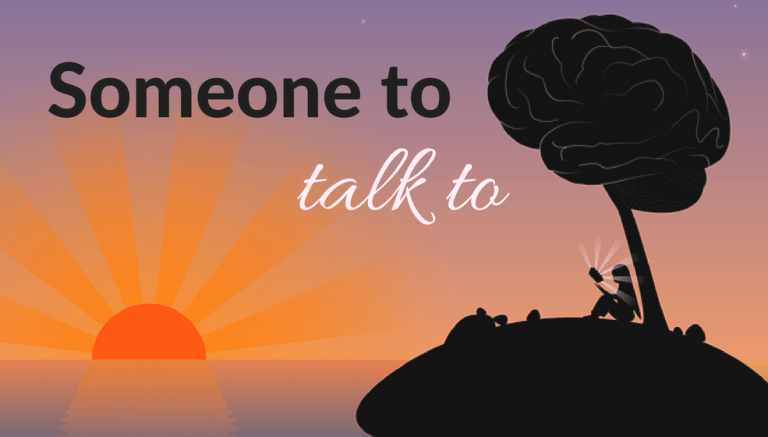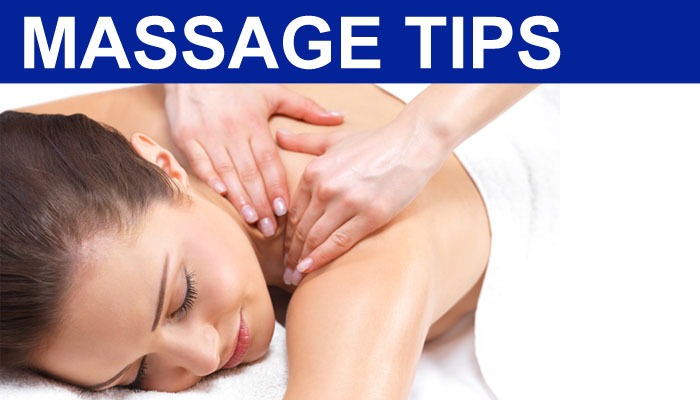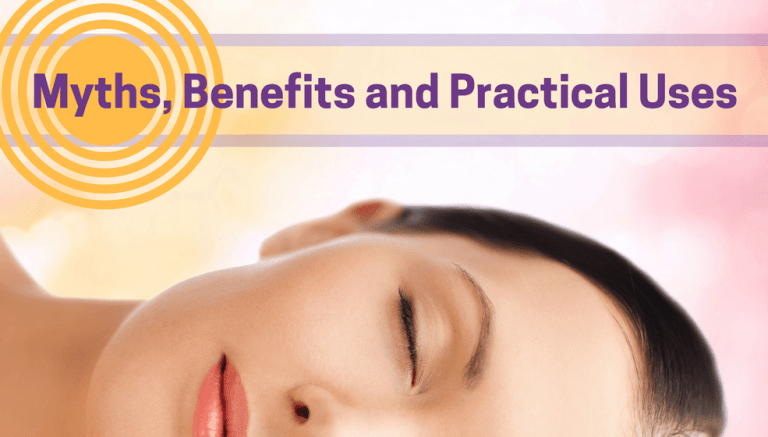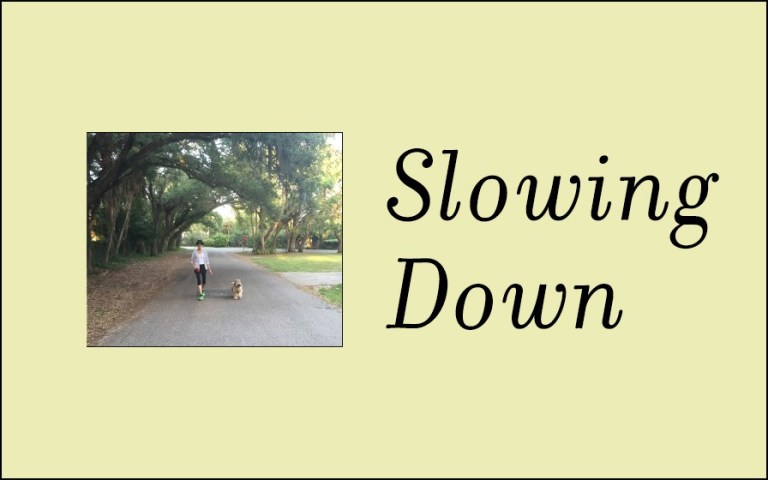12 Things You Need to Know About Psoriasis
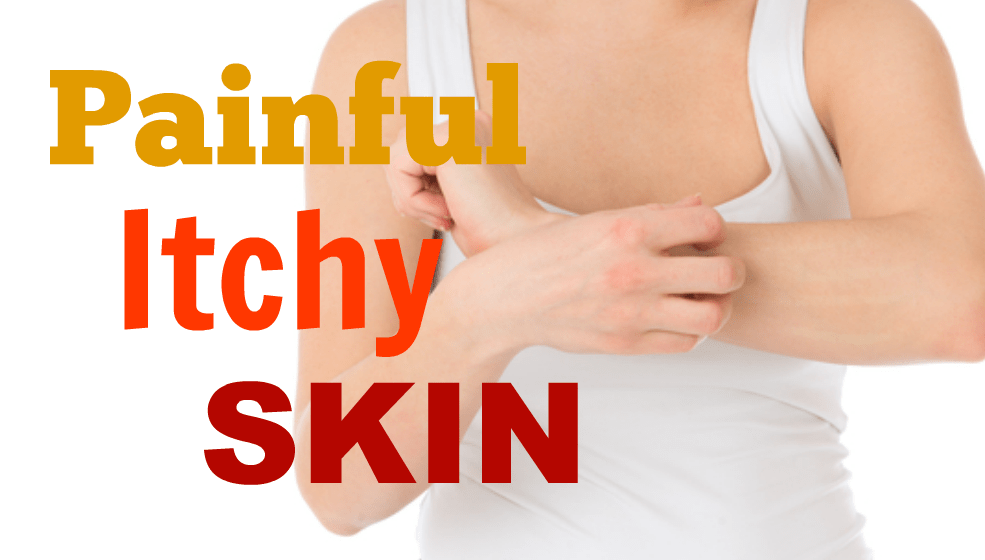
Do you suffer from psoriasis? If so, you’re not alone. Many people have this chronic skin condition, which often causes discomfort and pain. Since August is Psoriasis Awareness Month, we’re taking a closer look and sharing some facts you may not know about psoriasis.
1. It’s the Most Prevalent Autoimmune Disease in America
According to the National Psoriasis Foundation (NPF), psoriasis is a chronic, non-contagious, autoimmune skin condition that affects 2 percent of the population. As many as 7.5 million Americans have it and, of that group, up to 30 percent will develop psoriatic arthritis sometime in their lives.
2. You Can’t Catch It
Psoriasis isn’t contagious. While doctors don’t know exactly what causes it, research is showing that genetics and a compromised immune system play a role.
3. Overeager Skin Cells
Normal skin cells grow gradually and flake off every 4 weeks. New skin cells replace them as they shed. With psoriasis, the skin cells grow too quickly – in days rather than weeks – forming red, silver or white plaques on the skin.
The most likely areas it occurs are the places that get rubbed or bumped: scalp, elbows, hands, knees, feet and lower back. It’s most common in adults though babies and kids can get it to.
4. Genes Play a Role …
Scientists have identified about 25 genetic variants that make a person more likely to develop a psoriatic disease. Studies now are working to find “trigger genes” that may cause psoriasis to develop. At least 10 percent of the population has a gene for psoriasis.
5. … So Does the Immune System
The immune system also plays a role. The immune system is made to protect itself against foreign bodies. But when someone has psoriatic disease, the immune system goes into overdrive, causing inflammation and accelerated skin growth. Doctors work to change or block this response with drugs and other treatments.
6. Triggers are Common, Everyday Things
Different people have different triggers. For example, swimmer and Olympic medalist Dara Torres has psoriasis, and she says the chlorine in pools relieves her symptoms, while others find it aggravates theirs. Besides chemicals like chlorine, other known triggers are stress, climate (cold and dry both seem to have an effect), infections and certain medicines.
7. Don’t Delay Treatment of Psoriatic Arthritis
Although the symptoms may feel like a muscle tear or gout, if you think you’re at risk for psoriatic arthritis, don’t wait to seek treatment. Early diagnosis and treatment are critical to relieve pain and inflammation. Delaying it even six months can cause permanent joint damage.
8. Famous People Get Psoriasis, Too
In 2010, when Kim Kardashian was diagnosed with psoriasis in an episode of The Kardashians, it sparked a wave of interest in the disease. Since psoriasis strikes 2% of the population, it makes sense that celebrities would have it, too. In addition to Kardashian, Stacy London, Art Garfunkel and LeAnn Rimes have revealed they have it, as has swimmer Dara Torres and even The Beav, Jerry Mathers.
9. Blend Medicine and Lifestyle Changes
In many cases, adding meds or altering your lifestyle can bring positive change to a diagnosis. But in the case of psoriatic disease, doing both is what will help you deal most effectively. The NPF lists drugs, phototherapy and complementary medicine as good disease management. Changes in diet can also play a role.
10. An Elevated Risk for Other Diseases
If you have psoriasis, you’re at elevated risk for developing other diseases, or comorbidities. A number of case studies have found a link between psoriasis and diseases like:
– Cancer
– Cardiovascular disease
– Chrohn’s disease
– Depression
– Diabetes
If you’ve been diagnosed with psoriasis, get regular health screenings and take steps to exercise regularly and eat right. People with psoriasis weigh about 7% more than the average person; losing weight can reduce the chance of developing many of these diseases.
11. You Can – and Should – Exercise
Exercising with psoriatic disease may be a challenge. There’s the worry about triggering a flare-up or being embarrassed about exercising in public. But exercise is your friend in your quest to improve your psoriasis. It’s postulated that regular, vigorous exercise can reduce inflammation overall, decreasing the chance of a flare-up. It also helps protect against obesity, heart disease and cancer.
There are important rules to follow when exercising with psoriasis, however. If skin is damaged during sports, it can trigger a flare-up. Sweat and friction can worsen it (psoriasis thrives in areas of friction). And exercising too much can cause joint pain if you have psoriatic arthritis. To help stave off these issues:
– Wear loose clothing when exercising
– Use a skin lubricant or medicated powder on the areas likely to be affected before exercising, to help reduce friction
– Shower right after you finish working out (but be gentle when washing – don’t scrub the skin)
– If you see a flare-up, apply a topical medication to keep it under control
And doctors aren’t yet sure why, but patients get the best results by combining aerobics and weight training.
12. It Hits Women Harder
An NPF report showed that, because their looks play such a vital part of their lives, women “struggle more with the emotional and social effects of psoriasis and psoriatic arthritis.” For one thing, it affects more women – 20 percent as opposed to 12 percent of men. And of those women nearly 60 percent said it interfered with daily life. Finding a support group is helpful, especially for women 40 and under, who are often finding life partners and starting families.
For more information about causes and treatments, and to find resources, local groups and opportunities to volunteer, contact the National Psoriasis Foundation. You can also learn more through participation in World Psoriasis Day, October 29, 2015.
PainPathways Magazine
PainPathways is the first, only and ultimate pain magazine. First published in spring 2008, PainPathways is the culmination of the vision of Richard L. Rauck, MD, to provide a shared resource for people living with and caring for others in pain. This quarterly resource not only provides in-depth information on current treatments, therapies and research studies but also connects people who live with pain, both personally and professionally.
View All By PainPathways

